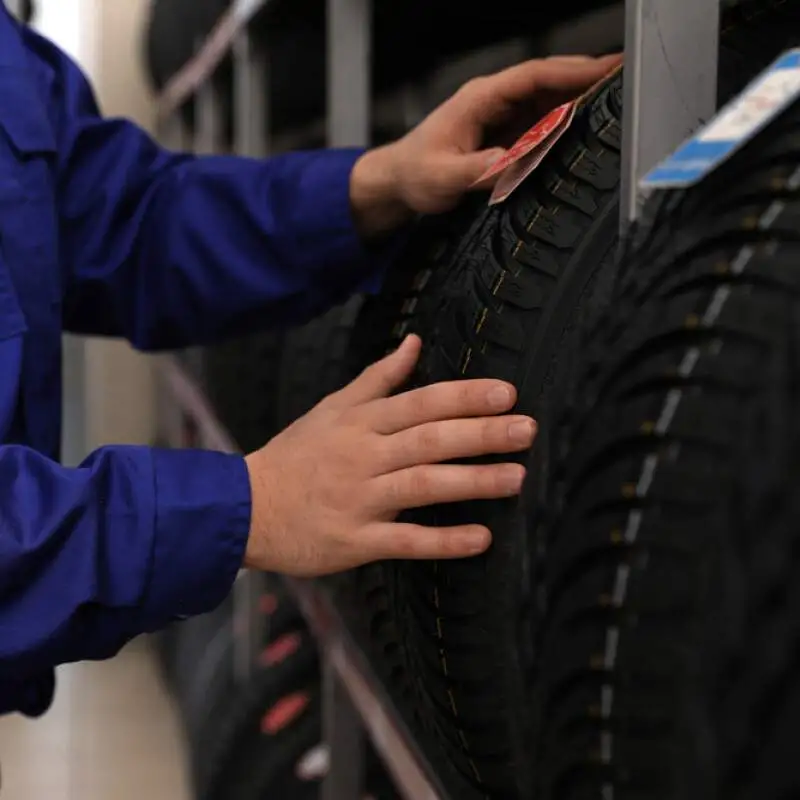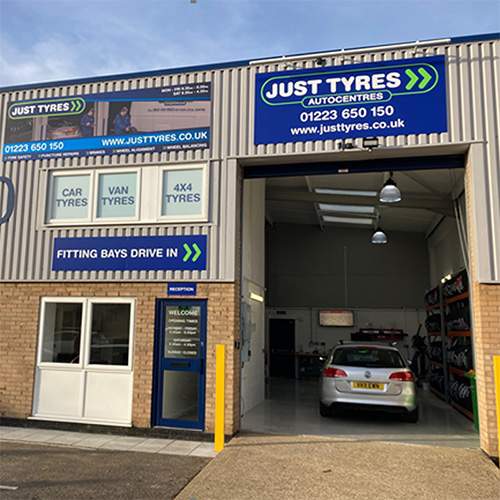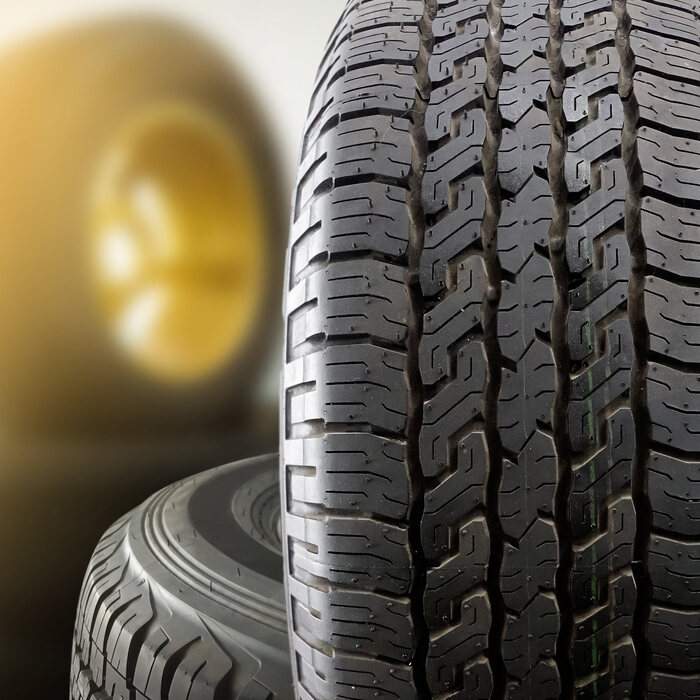How to Save Petrol – 10 Great Fuel Saving Tips
Here are 10 tips on how to save petrol
Choose fuel efficient tyres:
It’s important to invest in the right tyres for your vehicle while you may be tempted to go “budget” in the long-term this will cost you more money and be more expensive on your pocket in terms of fuel.
Buying premium tyres can increase fuel-efficiency. Check the tyre labels for the tyre efficiency rating. Tyres with the best fuel economy have a green ‘A’ rating. Tyres with the worst mpg have a red ‘G’ rating.
Bridgestone is one of the world’s largest tyre manufacturers and boast some of the best performing tyres in terms of low-rolling resistance.
For example, Bridgestone’s Turanza T005 delivers outstanding fuel economy - combined with high mileage - to give drivers full control in challenging daily situations.
Check your tyre pressures:
It’s really important to make sure your tyres are inflated to the correct pressure as indicated in your owner’s manual. Underinflated and overinflated tyres both adversely affect fuel economy. Not only that you are compromising your safety – when your tyres are under inflated it compromises your ability to brake and manoeuvre safely. Vehicles with under-inflated tyres have increased rolling resistance that require more fuel to maintain the vehicles speed. This is not good for your pocket and equates to higher Co2 emissions too, which is not good for the environment either.
Check your tyres regularly
You should spend a few minutes checking your tyres before setting out on a journey. If your tyres are not inflated correctly or are wearing it is both unsafe but will also have an effect on your fuel consumption:
20p tyre tread test
Try the 20p tread test. The legal minimum tread depth is 1.6mm, so to check if your tyres are legal, insert a 20p coin into the tread to check. If any part of the coin’s border is visible, it’s time to change the tyres.
Drive slower or conservatively?:
Excessive speed is the biggest fuel-guzzling factor so having a light right foot and ensuring all acceleration is gentle is very important to fuel-efficient driving.
The best way to achieve high MPG (Miles per gallon) is to drive in the highest possible gear while keeping within the speed limit. The best advice in urban areas is to change up through the gears as quickly as you can with the lowest revs possible. The faster an engine spins, the more fuel it uses.
Anticipate:
Anticipation makes a big difference when driving. Try to look well ahead, rather than reacting later on, which leads to unnecessary braking.
Ensuring that your car is travelling steadily and smoothly will have a positive impact on your fuel economy.
It goes without saying that driving up hills is detrimental to fuel economy too. When you approach a steep incline, accelerate a little before you reach it, then ease off as you make your way up. The extra momentum generated should be enough to ease the need to go heavy on the accelerator.
Use Cruise Control on motorways
Cruise control is a great driving aid to use on a constant flat surface, which is why it is ideal to use when driving on motorways.
One of the keys to saving fuel is driving at a constant speed, and cruise control does this really well on flat surfaces.
But we’d advise that you don’t use cruise control on roads with lots of bends and hills, as your fuel consumption would take a turn for the worse.
Lighten the load:
You might not think that it would make a big difference, but driving in a heavier car is bad for fuel consumption, so lighten the load wherever possible. For example, if you’ve got golf clubs and sports gear in your boot and you’re not off to the golf course or sports club, put it in the garage.
Don’t pack things into your car that you won’t be needing once you arrive at your destination, in other words. This goes for the outside of your car too. Don’t leave your roof bars and roof box on because they create wind resistance and cause your car to use more fuel through the ‘drag’ effect. This is increased the faster you drive.
Driving with an open window also has a similar effect.
How to save petrol in an automatic car?
It goes without saying that excessive speed has the biggest effect on fuel economy. Be gentle on the accelerator and drive as consistently as possible.
Remember that the faster an engine spins, the more fuel it uses.
What is Hypermiling?
Hypermiling is a growing phenomenon that more and more motorists are engaging in. Basically, it is the adoption of fuel-saving techniques to make each tank go further.
Keeping the car moving at the right speed is essential to successful hypermiling, adhering to all of the points made above. It goes without saying that driving when roads are quiet and traffic is minimal makes a big difference, and is another hypermiling technique.

Tyre age how to check the age of car tyres
You may not consider their age to be particularly important, but age does play a big part towards the overall durability and performance of your tyres. Like with most things in life, the older a tyre is, the more likely...
Learn More
How far should you place a warning triangle from your car
In the event of a breakdown or accident, it’s important to alert other drivers that your vehicle is stationary and you’re unable to move it. All vehicles have hazard warning lights, which you should switch on when stopping at the...
Learn More





 Same Day Fitting. Order By 10:30am
Same Day Fitting. Order By 10:30am
 39 Nationwide Fitting Centres
39 Nationwide Fitting Centres
 5 Year Warranty On All Tyres
5 Year Warranty On All Tyres
 Price Check Promise. Always Great Deals
Price Check Promise. Always Great Deals

 Find a Centre
Find a Centre

